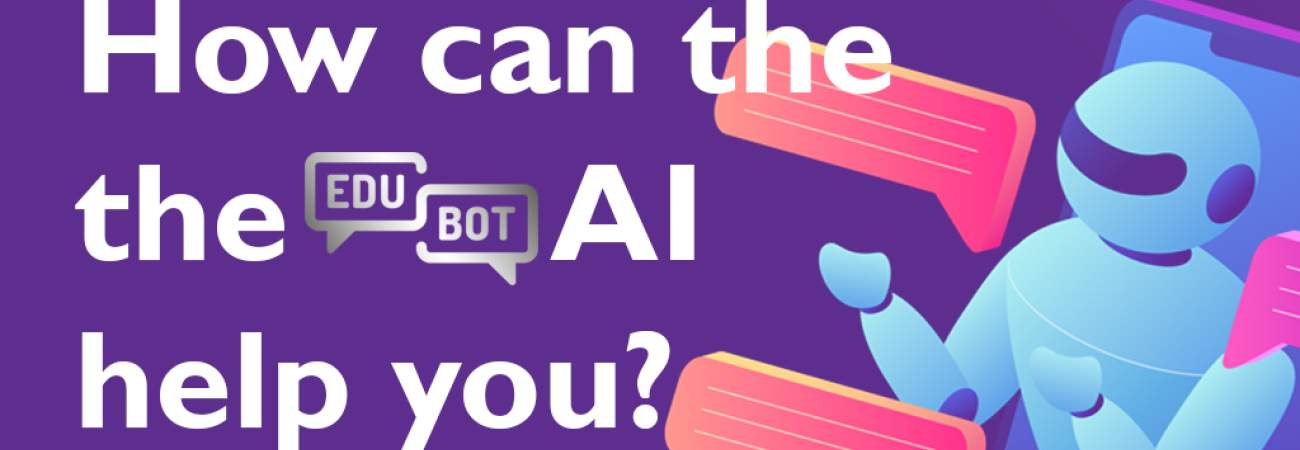
Chatbot technology is utilized by many in various ways – the simplest version of which is the small popup window often seen in the corners of online shops and websites, usually starting with 'Can we help you?' and sometimes providing conversation starters/questions. But how can this technology be utilized in online learning materials? This question was explored in collaboration with educators at the Vénkerti Primary School, in Debrecen, Hungary.
On June 1, 2023, the Vénkerti Elementary School, in Debrecen, hosted the second PLA workshop organized by IRF. Within the framework of the Edubot project, we aim to support personalized, differentiated education tailored to individual needs using the opportunities offered by artificial intelligence. To achieve this, we sought to uncover the experiences and requirements of educators regarding the effective features and functions of educational e-learning systems.
The goal of the PLA workshop was to understand the professional experiences and opinions of participating educators, involve experts in collaborative work, prepare for the development of digital content, and define the requirements for the e-learning system to be developed.
During the event, we discussed the expectations that can be set for chatbot technology and artificial intelligence, as well as the role of AI assistants in education. Summarizing, the main advantages of chatbot technology in education include:
- interactive learning activities: continuous communication with students and flexible text recognition (e.g., 'Do you not know the formula to calculate the area of a triangle?' / 'Do you want a helpful task?' / 'Do you need more time to solve the task?' etc.);
- flexible, adaptive individual learning paths created by the Assistant;
- mapping students' learning profiles;
- support for differentiated learning, the possibility of learning tailored to individual characteristics;
- identification of individual learning difficulties and obstacles;
- resolution of learning difficulties, obstacles in the form of support tasks and explanations, as well as suggestions for addressing deficiencies;
- guiding students through the curriculum by the AI assistant, as a teacher would do in the classroom;
- achieving various educational goals: revision, exam preparation, support for catch-up learning, etc.;
- group formation for differentiation purposes;
- support for equal opportunities.